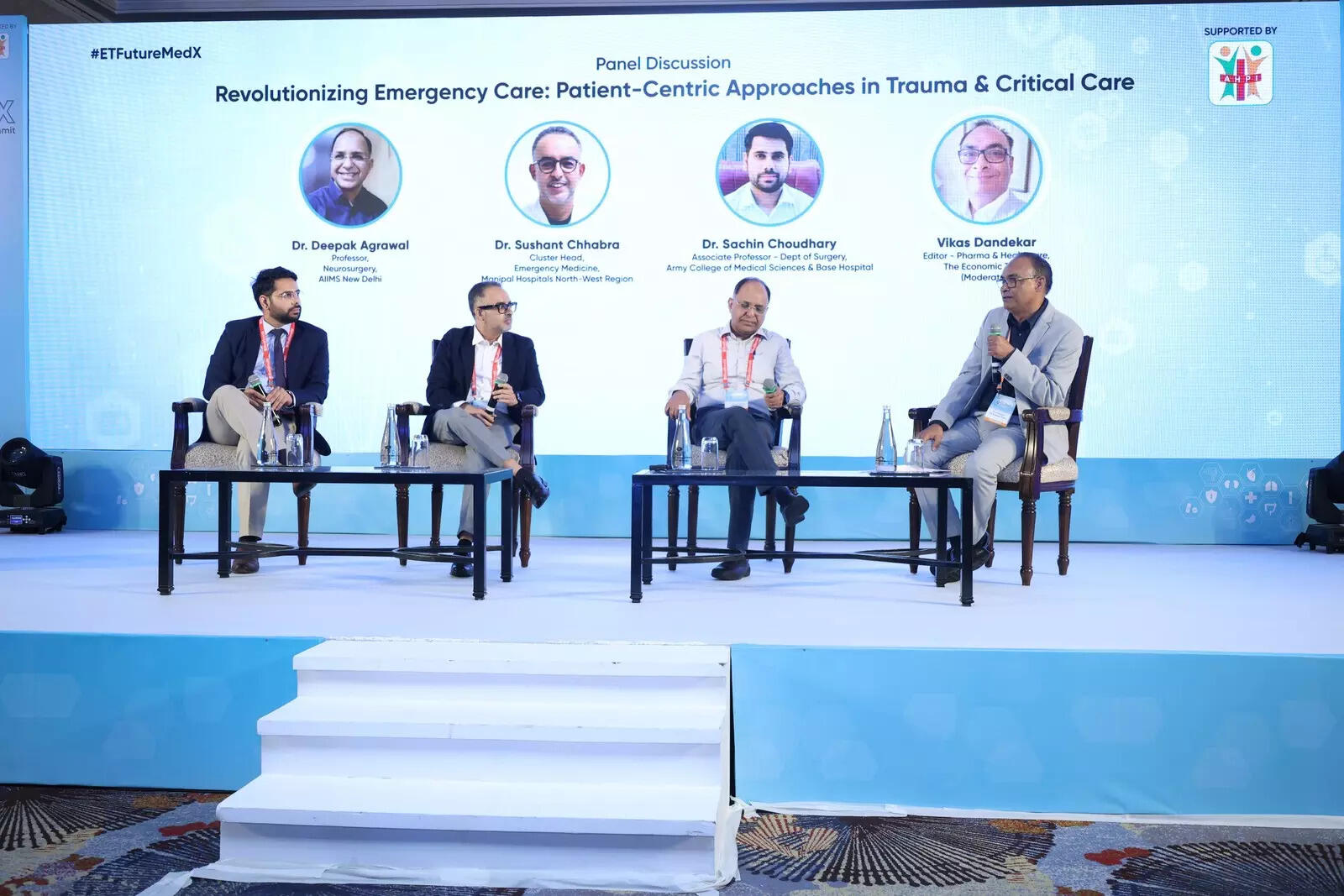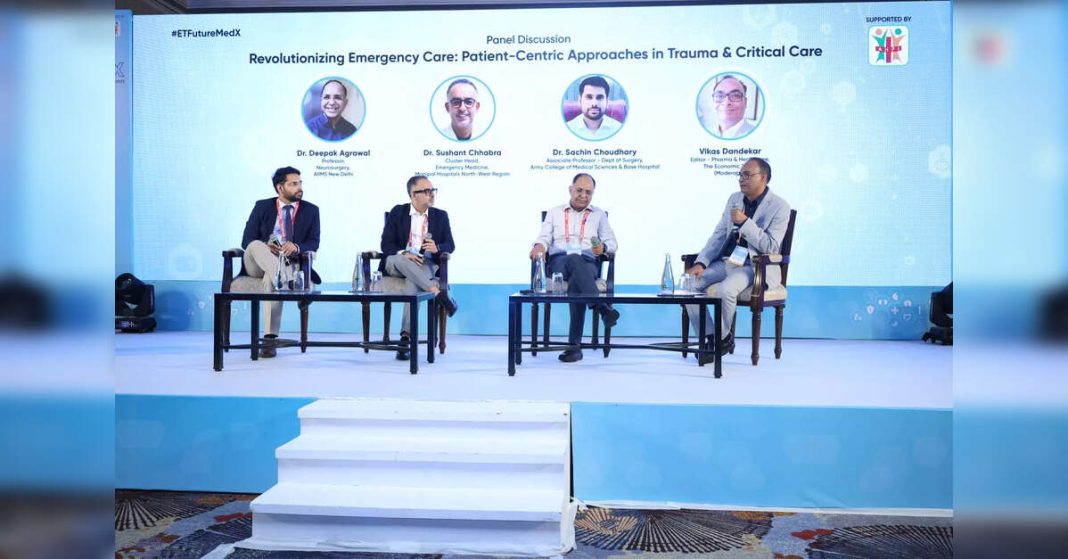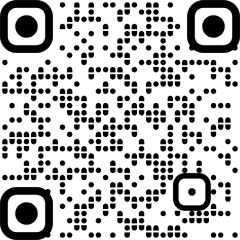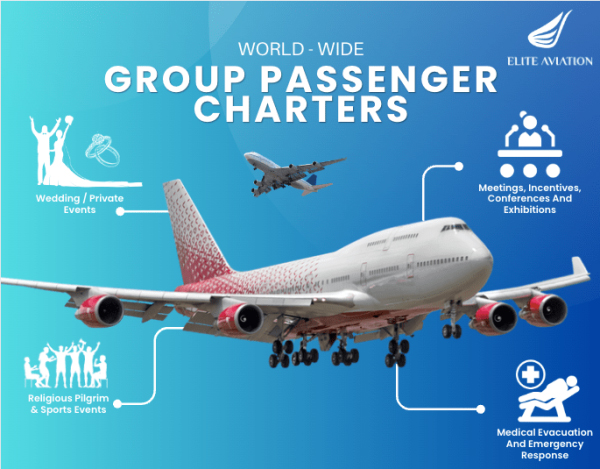[ad_1]

New Delhi: Emergency care in India is no longer a waiting game. It’s transforming into a fast, tech-enabled, and protocol-driven system that puts the patient at the center.
From trained ER doctors managing critical trauma independently to AI-assisted triage and ambulance alerts triggering in-hospital prep, the change is sweeping. What once relied on luck and specialist availability is now structured, timely, and increasingly seamless even in tier 2 and 3 cities. The golden hour is finally getting the urgency it deserves, informed top experts in emergency medicine.
Speaking at ETHealthworld’s inaugural FutureMedX Summit during a compelling panel discussion titled “Revolutionizing Emergency Care: Patient-Centric Approaches in Trauma and Critical Care”, experts addressed how emergency care in India is evolving from a fragmented, protocol-driven system to a more integrated, tech-enabled, and patient-centric approach.
The session saw participation from Dr. Deepak Agrawal, Professor, Neurosurgery, AIIMS New Delhi; Dr. (Prof) Ajay Bahl, Chairperson and HOD, Emergency Medicine, Sir Ganga Ram Hospital; Dr. Sushant Chhabra, Cluster Head, Emergency Medicine, Manipal Hospitals North-West Region; and Dr. Sachin Chaudhry from the Armed Forces Medical Services shared their views. Moderated by Vikas Dandekar, Editor (Pharma & Healthcare), The Economic Times.
Opening the session by highlighting the radical transformation in India’s emergency care landscape over the past decade , Dr Agrawal said, “Earlier, emergency departments across India were staffed by Casualty Medical Officers (CMOs) who were not specifically trained in emergency medicine. They could be orthopedic surgeons, trauma surgeons, or anesthetists. The most significant shift has been the emergence of dedicated emergency medicine departments staffed by trained professionals.”
According to Dr Agrawal, emergency care has evolved from mere triage-based systems to more holistic, protocol-based interventions. “Today, emergency physicians manage the ABCs—airway, breathing, circulation—and initiate diagnostics like CT scans, with specialists arriving later in the care chain. This has made emergency care more consistent and less dependent on chance,” he explained.
Underlining the increasing use of AI and machine learning in emergency settings, he said, “We’ve installed cameras that use object detection to track critical steps—like when intubation is done or when pulse oximetry is applied. This data generates key performance indicators on how long each life-saving step took, helping us refine our processes.”
Dr Chhabra elaborated on the structured emergency response system adopted by Manipal Hospitals. “Our model is built on strong clinical leadership, integrated systems, and seamless transitions of care. We follow a ‘closed ER and closed ICU’ model, where patients are continuously managed by trained emergency medicine doctors from triage to discharge,” he said.
He added that protocols like Code Stroke and Code STEMI—standardised across their network—enable quicker diagnoses and timely interventions. “If a chest pain patient presents, we perform an ECG within five minutes and activate Code STEMI if necessary. This has drastically reduced door-to-balloon times and improved outcomes.”
Manipal has also invested in robust pre-hospital care through the Manipal Ambulance Response Service (MARS). “If our field paramedic suspects a stroke, the hospital is alerted in advance, enabling faster triage and imaging the moment the patient arrives,” he added.
On the technology front, Dr Chhabra noted the adoption of AI-based triage in global emergency departments. “In Canada, AI-driven systems now categorise patients into red, yellow, or green zones automatically. AI is also being used in history-taking to ensure no critical questions are missed, especially when physicians are cognitively overloaded.”
Dr Chaudhry, speaking from his experience at military and civilian hospitals, emphasized triage as the cornerstone of emergency care. “It begins not just at the hospital but also in ambulances. Integration between departments is crucial. Once myocardial infarction is ruled in, the patient is directly moved to cardiology,” he explained.
He stressed that trained emergency staff—certified in ATLS, ALS, and BLS—manage patients from initial assessment through to transfer. “With the Ayushman Bharat Digital Mission, we can access past patient data immediately. This cuts down delays in treatment, which in emergency medicine, could mean the difference between life and death,” he said.
Backing up his points with concrete statistics, Dr. Chhabra said, “In the Manipal network, we manage around 1,200 STEMI cases annually. Our Code STEMI protocol has helped reduce mortality by 30 per cent. We have also brought down door-to-balloon time by 20 to 30 minutes well below the international standard of 90 minutes even in tier 2 and tier 3 cities,” he noted.
Dr Agrawal shared insights on neurotrauma care and how the system has evolved. “Ten years ago, we were operating on two to three severe head injury cases daily. Today, that number has dropped to one. Better infrastructure, safer vehicles, and emergency awareness have helped,” he said.
However, he pointed out that Delhi still lacks a world-class ambulance system. “Interestingly, 50 per cent of our emergency neurotrauma cases are brought in by Delhi Police, who have a scoop-and-run directive. While they’re not medically trained, they get patients to us in under 10 minutes, often faster than ambulances,” he noted.
He recounted how AIIMS was once accused of shunting patients to smaller hospitals, leading to a Supreme Court petition by Safdarjung Hospital.
“We took a call that any patient requiring intubation or ventilation would not be referred out. We would treat them regardless of bed capacity. That’s when we built a dedicated trauma center with half of our 250 beds reserved for neurotrauma,” he said. “Someone has to take responsibility and we did,” Dr Agrawal mentioned.
The Regulatory Setback
Toward the end, Dr. Chhabra raised a serious concern on the fluctuating recognition of emergency medicine as a specialty. “In 2009, the specialty was recognised. In 2022, NMC mandated every medical college to have an Emergency Medicine department. But in 2023, emergency medicine was shockingly removed as an essential specialty. That’s a huge setback,” he said.
He advocated for national protocols from the Ministry of Health or NABH, especially for golden hour conditions like STEMI and head injuries. “If doctors across India follow standardized treatment protocols—even if they eventually refer to the case—they could still stabilise the patient and save lives,” he emphasised.
In closing, moderator Vikas Dandekar reflected on the international context. “In Canada, a student with a fractured finger waited 12 hours in the ER without even a painkiller—because he was low priority. Compare that to India, where doctors operate under immense pressure but still manage to deliver care with empathy and speed. That’s our strength,” he said.
Dr. Agrawal echoed the sentiment. “We’re lucky here. In India, if you need an MRI, you can get it done immediately. In many Western countries, you’d need to go through multiple referrals. While that system has its merits, our accessibility—despite resource constraints—is a huge advantage.”
The session concluded with a unanimous call to institutionalise emergency medicine, invest in smart technologies, and uphold patient-centered values that make India’s evolving emergency care ecosystem not only efficient but also humane.
[ad_2]
Source link



